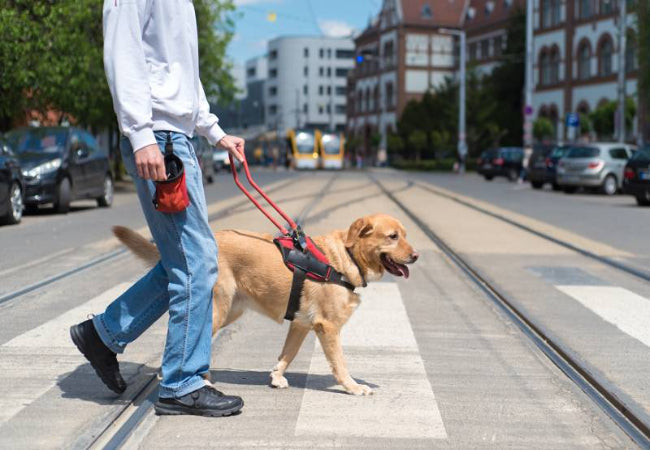Best Time to Desex Your Dog 2025: Vet-Approved Guide 🐶✨

In this article
Best Time to Desex Your Dog 2025: Vet-Approved Guide 🐶✨
By Dr. Duncan Houston BVSc
Desexing (spaying or neutering) is an important decision for dog owners. The ideal timing depends on factors like your dog’s breed, size, and overall health, as well as lifestyle considerations. Consulting your veterinarian is essential, as they can provide tailored advice for your individual pet.
Here’s a general guide based on dog size and breed:
1. Small Breeds
Small dogs, such as Chihuahuas, Shih Tzus, or Toy Poodles, typically reach physical maturity faster than larger breeds.
-
Recommended age: Around 5–6 months.
-
Some vets may desex as early as 6 months, especially if the dog is healthy and there is a risk of accidental pregnancy.
Small breeds tend to recover quickly from surgery, and early desexing may reduce the risk of certain reproductive-related health issues.
2. Medium Breeds
Medium-sized dogs, such as Labradors, Boxers, and Cocker Spaniels, mature slightly slower.
-
Recommended age: Between 6–9 months.
-
Timing can depend on your dog’s growth, overall health, and lifestyle factors, such as whether your dog spends time around other intact dogs.
Desexing in this window often balances early prevention of unwanted litters with allowing sufficient growth.
3. Large and Giant Breeds
Large breeds, such as Great Danes, Bernese Mountain Dogs, and giant breeds like Saint Bernards or Newfoundlands, take longer to mature. Bone and joint development continues well into their first 1–2 years of life, so timing can be more critical.
-
Recommended age: Typically 12–18 months, sometimes up to 2 years.
-
Delaying desexing allows for complete skeletal and joint development, which may help reduce the risk of orthopedic issues, such as hip dysplasia or ligament injuries.
Your vet may recommend earlier desexing if there’s a high risk of accidental breeding, but generally, large and giant breeds benefit from waiting until they are physically mature.
Other Considerations
-
Health conditions: Certain medical issues may affect the timing of desexing. Always discuss your dog’s health history with your vet.
-
Behavioral factors: Early desexing can influence behaviors such as marking, roaming, or aggression, but these effects vary by individual dog.
-
Local regulations and fees: If desexing is done after 6 months, some councils may require a late desexing certificate or charge extra fees. Planning can save money and hassle.
✅ Key Takeaways
-
Small breeds: 5–6 months is generally appropriate.
-
Medium breeds: 6–9 months is typical.
-
Large and giant breeds: 12–18 months or even up to 2 years may be best.
-
Always consult your veterinarian for personalized advice.
By carefully considering your dog’s size, breed, and health, you can choose the best time to desex while supporting their long-term health, behavior, and wellbeing.



